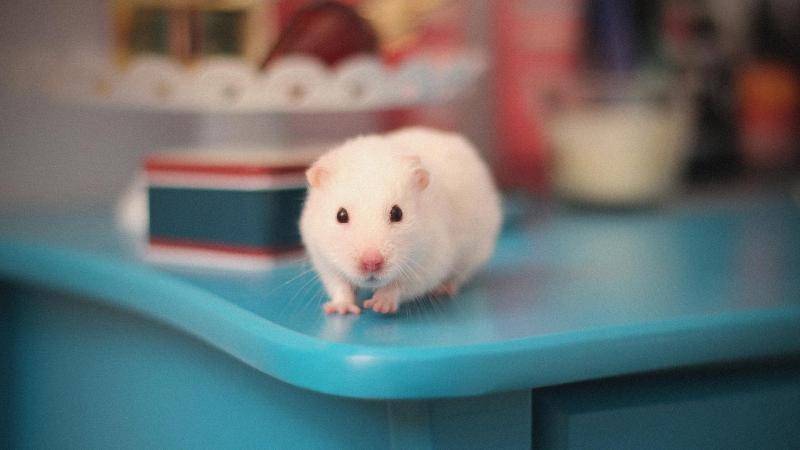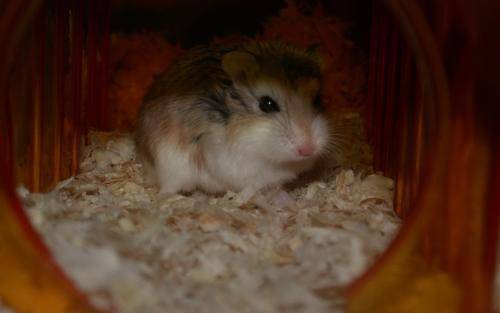Although the image of hamster is somewhat similar to that of mouse, in fact, it is a kind of rat shaped rodent belonging to the subfamily hamster. It looks much more pleasant than mouse. Its Petite appearance is easy to make people feel good about it. Hamsters generally eat cereals, plant seeds or nuts. Bread worms are also one of their favorite delicacies. They store food in cheek pouches on both sides of their mouth. Because they store a large amount of food here, we must not feed too much at one time. Hamsters can’t digest it. The excess food accumulated in cheek pouches will cause oral inflammation after mildew and putrefaction.

Although raising hamsters is not very cumbersome, we should pay great attention to some characteristics of hamsters. Hamsters cannot be raised in cages because they will kill each other. They all have a strong sense of territory and cannot be infringed.
When the hamster shows the following behaviors, you can observe the hamster’s behavior and facial reaction.

The hamster is in a relaxed state when finishing his fur by hand. At this time, the hamster’s mood is very stable. If the hamster is also finishing his fur after being touched by his friends, it means that he trusts you more. If the hamster can sleep safely in everyone’s hands, the whole body is open, and some will curl, which also represents the hamster’s recognition of its owner. It will sleep safely only if it feels at ease.
When the hamster takes the initiative to get close to the owner, it will climb to the owner’s side and onto the shoulder to show its intimacy. Although the hamster’s memory is very short and it is not clear about recognizing the owner, it will still have its own judgment and dependence on its familiar smell and environment. Don’t worry too much.

Here I want to say that the hamster doesn’t like the owner and hates the owner. Generally, the hamster running wheel does not mean that it is playful, but to alleviate the pressure, panic and dissatisfaction. When the hamster is disgusted with its owner, it will open its teeth and claws, pose an aggressive posture, shout loudly, and keep grasping outside in the cage. These are the expressions of the hamster’s displeasure. If the hamster is given warm care and care, it can stabilize the dissatisfied hamster’s mood.

